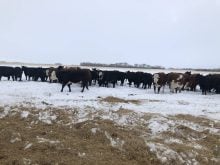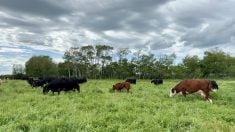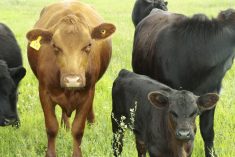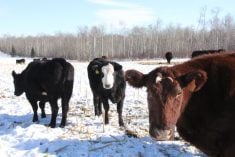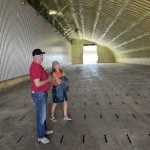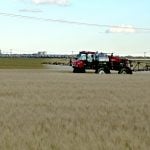If it has not already arrived, silage season looms for many cow-calf and feedlot operators. While it is not always fair to generalize, it seems to me that if we compare the dairy to the beef sector, one of the biggest differences in the silage program management is the dairy producer’s focus on quality. Beef producers often have to struggle with the choice between quantity and quality.
A perfect example was the silage season of 2021. Drought dictated for many that one put up as much silage as possible regardless of quality. Unfortunately, it is not just in drought years that silage quality suffers. It has been my experience that failure to put up high-quality silage is one of the most common and costly management issues facing the feeding sector. With this article, I would like to focus on some of the key areas where I see lapses in silage management.
Read Also
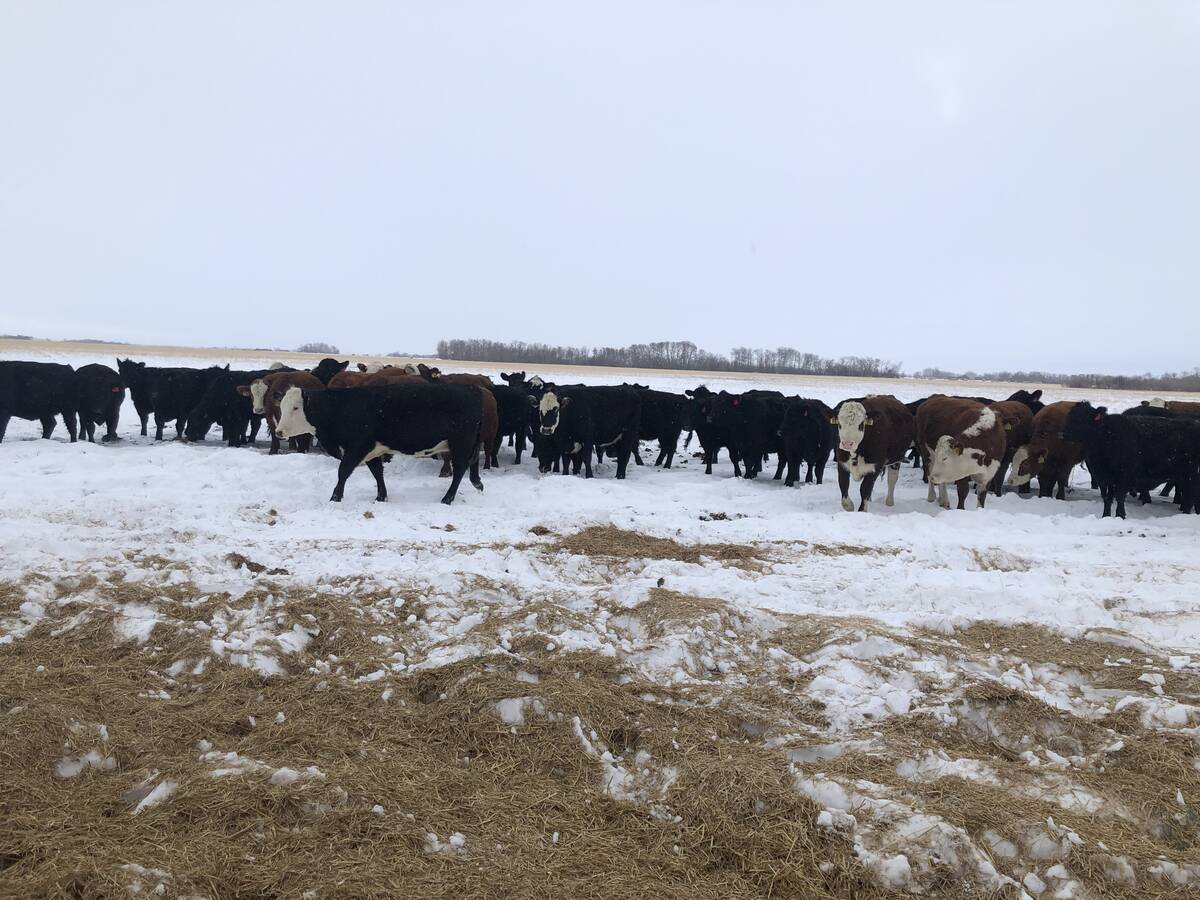
Picking the most efficient cows to rebuild your cow herd
A new cow ranking system to help beef farmers and ranchers pick the most efficient cows as they rebuild their herds.
Let’s start with the basics. Silage is high-moisture forage, typically comprising a legume (i.e. alfalfa) or cereal (i.e. corn, barley, wheat, oats, triticale) cut at a relatively early stage of maturity and allowed to ferment under anaerobic (i.e. oxygen-free) conditions. When carried out properly, fermentation not only preserves the forage but also maintains its nutritive value.
The fermentation process is complex. It starts at chopping and continues for approximately three to four weeks. Initially, aerobic (oxygen-utilizing) bacteria present on the forage material as well as plant cells that are still living use any oxygen present in the silage pack through a process called respiration. This “aerobic” phase must be kept to a minimum, as it generates heat and uses the water-soluble carbohydrates inherent to the plant material.
As oxygen levels in the forage deplete, there is a gradual shift from aerobic respiration to anaerobic fermentation. This phase is characterized by the rapid growth of anaerobic bacteria. These bacteria ferment the water-soluble carbohydrates released from the plant material and produce lactic acid. Lactic acid is responsible for acidifying the silage. Lactic acid production continues for approximately two weeks until the water-soluble carbohydrates disappear or until the pH of the silage pack drops to approximately 4.0. At this point, all microbial activity ceases and the forage is ensiled and preserved for as long as anaerobic conditions are maintained.
While this is a simplified description of the fermentation process, it covers the main points — that is the rapid depletion of residual oxygen in the silage pack and rapid acidification of the forage material during the fermentation phase. How quickly and efficiently these two steps are carried out depends largely on harvest and packing management.
One of the most common pitfalls leading to poor-quality silage is too long a chop length. This leads to issues with packing and oxygen elimination from the silage pack. Achieving optimal forage particle size is a function of the forage harvester, specifically selecting the optimal theoretical length of cut, ensuring sharp knives, as well as attention to the chopper speed. With cereal silage, targeting 0.5- to 1.0-inch actual cut length can help facilitate efficient packing.
The packing process itself is another area where management issues occur. The purpose of packing is to minimize oxygen content of the forage mass. As described above this leads to a more efficient fermentation and helps to acidify the forage. Issues with poor packing are most common along the walls or sides of the pit/pile. Both of these issues (i.e. excessive chop length and failure to properly pack the pile) lead to pockets or seams of off-coloured, burnt silage with poor nutritive value.
Next on the “not to do” list is harvesting the forage at too early or too late a stage of maturity. Cereal silage typically is ensiled at 65 per cent moisture. However, in practice, it is not unusual to start at a higher moisture content (i.e. 67 to 70 per cent) and finish at a lower level (i.e. 60 per cent moisture). Harvesting at an optimal moisture content helps to ensure adequate levels of water-soluble carbohydrates in the forage mass and thus helps to promote lactic acid production during fermentation. Harvesting silage too wet can lead to seepage and nutrient losses while too dry can lead to issues with packing and fermentation. Ensiling legumes, while possible, is more difficult due to inherently low water-soluble carbohydrate content and high buffering capacity.
Perhaps the most obvious mistake one encounters is failure to cover the pile once full or failure to ensure that plastic is properly sealed. Both lead to exposure of the upper layers of the pile to oxygen, leading to an undesirable “aerobic” fermentation in those upper layers and destruction of nutrients, particularly protein.
Finally, one still encounters producers who do not apply an inoculant to the harvested forage. Inoculants, particularly those containing a lactic acid-producing bacterial species, speed the fermentation process by enhancing pH drop and minimizing dry matter losses. It is also possible to apply an inoculant to help minimize heating issues and nutrient losses during feeding, particularly from the exposed face of the pile. While some producers are concerned about cost, I look at inoculants as insurance — they give you peace of mind, particularly when ensiling conditions are not perfect.




